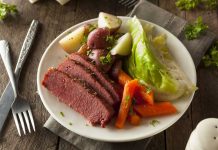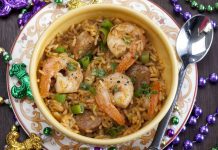Labor Day is a U.S. national holiday held on the first Monday of September and pays tribute to the contributions and achievements of American workers. For most though, it marks the last weekend to enjoy summer and the start of the new school year.
So, if you’re rolling out the grill for the last weekend of the summer, be sure to also roll out your grilling food safety principles and procedures when cooking outdoors.
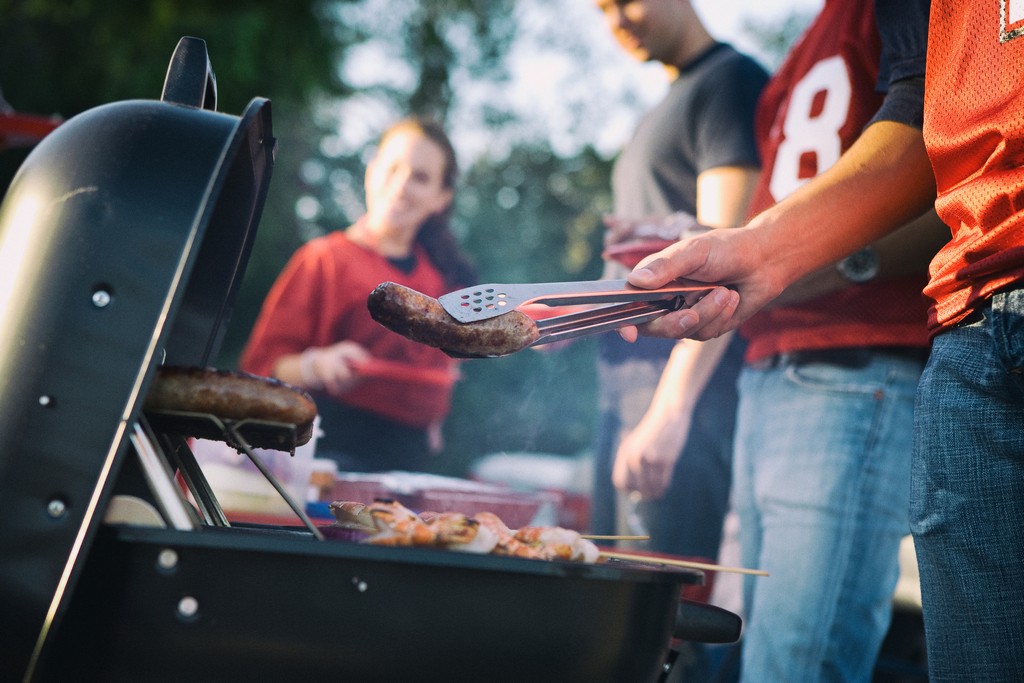


Food Safety Steps: Clean – Separate – Cook – Chill
Food poisoning peaks in the summer months when warmer temperatures cause foodborne bacteria to flourish. Follow these steps for a safe and enjoyable grilling season:



- Learn about proper hygiene, cross contamination, cold and hot food safety, foodborne pathogens, and best practices to prevent foodborne illness.
- Food Manager Training & ANSI Certification - $99.00
- Food Handler Training - only $7.00!
- HACCP Training: 16hr/4hr/1hr
- Food Allergy Training - $15.00
- Enter Promo "train10off" at Checkout
Clean
- Wash Hands
Wash your hands with soap before and after handling raw meat, poultry, and seafood. Wash work surfaces, utensils, and the grill before and after cooking. - Check and Clean your grill and tools
Use a moist cloth or paper towel to clean the grill surface before cooking. If you use a wire bristle brush, thoroughly inspect the grill’s surface before cooking. Wire bristles from grill cleaning brushes may dislodge and stick into food on the grill.



Separate
- Shopping – When shopping, pick up meat, poultry, and seafood last, right before checkout. Separate them from other food in your shopping cart and grocery bags. To guard against cross-contamination, put packages of raw meat and poultry into individual plastic bags.
- Marinades – Throw out marinades and sauces that have touched raw meat juices, which can spread germs to cooked foods.
- Avoid cross-contamination – To prevent foodborne illness, do not use the same platter, cutting board or utensils for raw and cooked foods. Harmful bacteria present in raw meat and poultry and their juices can contaminate cooked food. Use clean utensils and a clean plate to remove cooked meat from the grill.
Cook
Use a food thermometer to ensure meat is cooked hot enough to kill harmful germs. When smoking, keep temperatures inside the smoker at 225° F to 300° F to keep meat a safe temperature while it cooks.
- 145° F – whole cuts of beef, pork, lamb, and veal (stand-time of 3 minutes at this temperature)
- 145° F – fish
- 160° F – hamburgers and other ground beef
- 165° F – all poultry and pre-cooked meats, like hot dogs
- Smoking: 250° F – 300° F – inside smoke
- After Grilling: 140° F or warmer – until it’s served
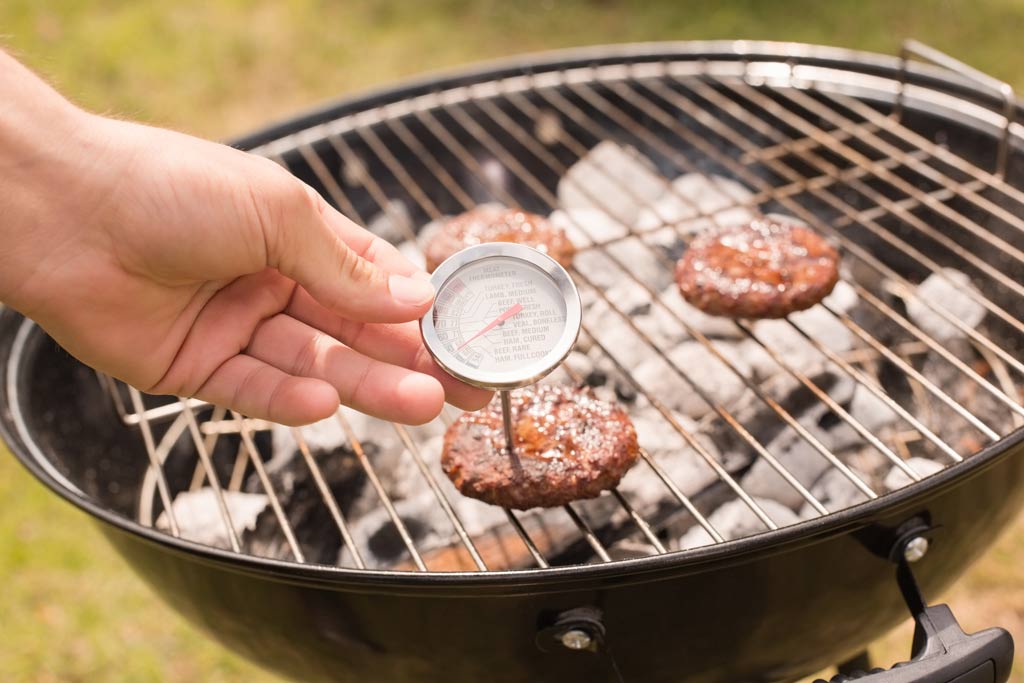


Chill
Keep meat, poultry, and seafood refrigerated until ready to grill. When transporting, keep below 40° F in an insulated cooler.
Divide leftovers into small portions and place in covered, shallow containers. Put in freezer or fridge within two hours of cooking (one hour if above 90° F outside).
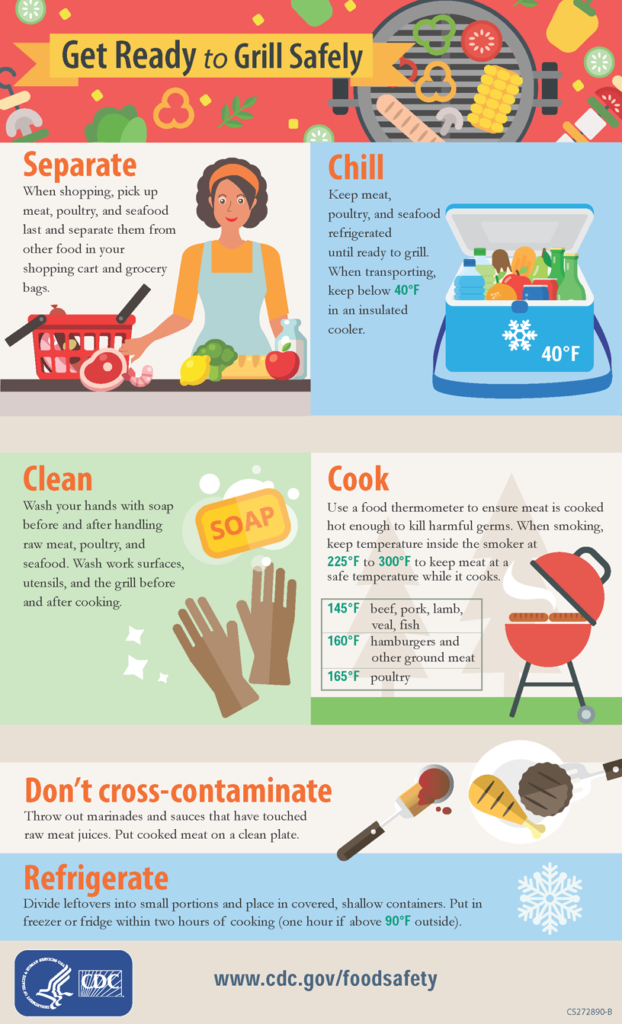


National Fire Protection Association Grilling Safety
This grilling season, NFPA tests your knowledge and demonstrates the proper way to use your grill safely to prevent fires.
Grilling Food Safety Resources
Infographics
- Grill it Safe When Cooking Outdoors E-Card (PDF)
- Grill it Safe Card (PDF) | Side 1, JPG | Side 2, JPG
- En Español: Side 1, JPG | Side 2, JPG
- Four Steps to Food Safety from our Founding Fathers (Flickr)



